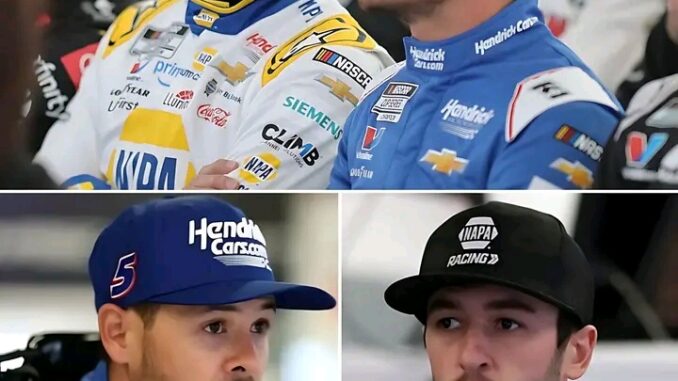
Hendrick Motorsports, powered by Rick Hendrick’s \$12.6 billion automotive empire, made headlines with a high-stakes decision to support Kyle Larson’s attempt at the grueling Memorial Day double—racing both the Indianapolis 500 and the Coca-Cola 600 on the same day. Despite Chase Elliott’s concerns about potential risks to Larson’s playoff eligibility, the team initially stood by the plan, bolstered by major sponsorship from Coca-Cola and a surge in Larson merchandise sales, which even eclipsed Elliott’s. The move was seen as a marketing masterstroke and a bold step to elevate Larson’s national profile across racing series.
However, the reality proved more chaotic. Rain delays disrupted the Indy 500, and Larson’s performance was marred by a crash in both races, ultimately failing to deliver the historic double. In response, Hendrick Motorsports reversed course, instituting a new policy informally dubbed the “Larson Rule,” which penalizes non-medical absences from NASCAR races. This effectively ends Larson’s ventures outside the Cup Series for the foreseeable future.
Chase Elliott, previously vocal about the potential distraction the double could cause, supported the U-turn, saying the new rule “makes decisions straightforward.” The team’s pivot signaled a renewed focus on NASCAR dominance, with Larson currently outperforming Elliott in the Cup Series standings. Their rivalry has taken on a sharper edge, fueled by this strategic shift and the internal dynamics it has stirred within the team.
As fans look forward to their upcoming battle at Michigan, Hendrick’s U-turn may prove to be a defining moment—not just in Larson’s career trajectory, but in how the team manages star power and competitive priorities. What started as a marketing gamble ended as a lesson in focus, risk management, and the fine balance between ambition and discipline in elite motorsports.
Leave a Reply